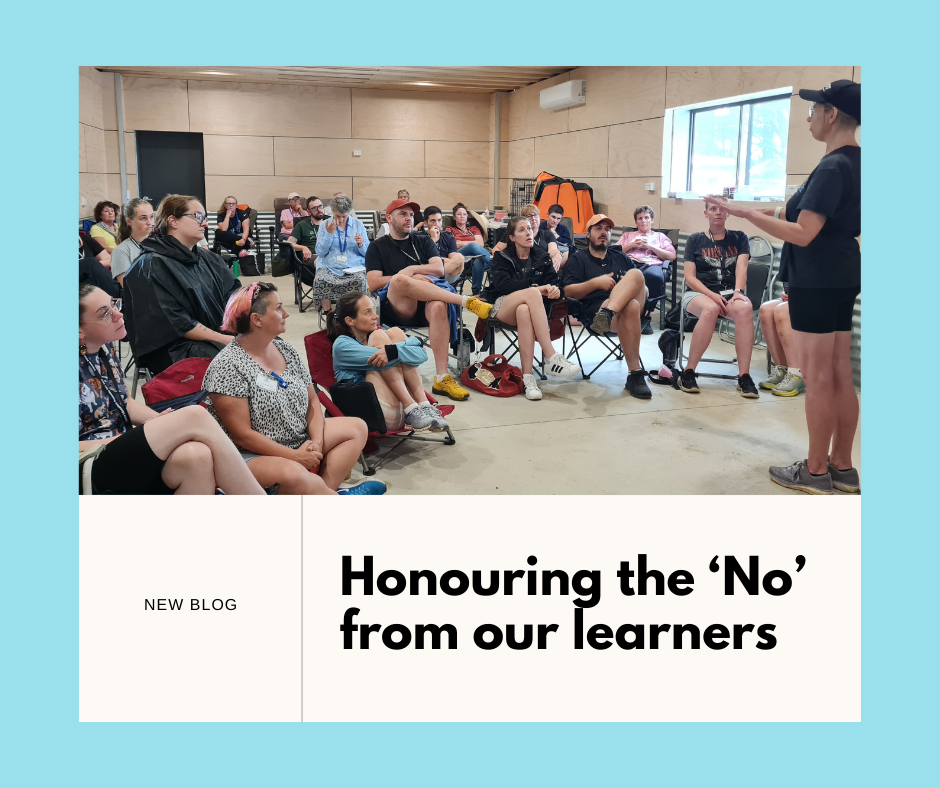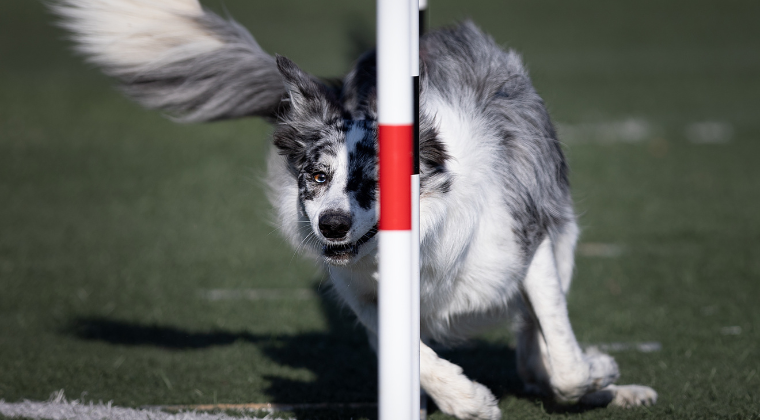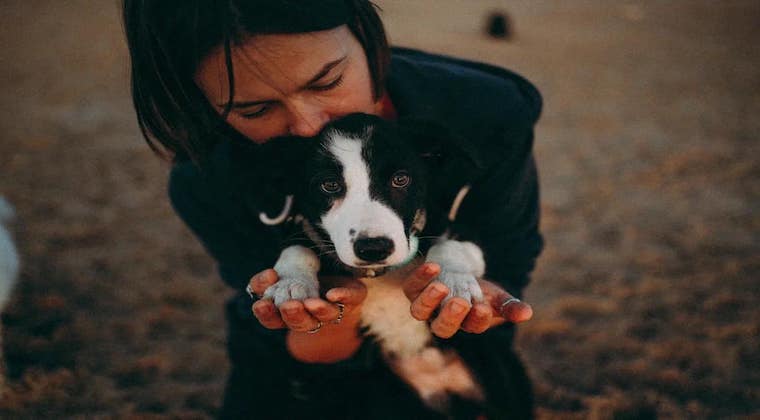When food or toys are not reinforcing....
About eighteen months ago, I found myself at my front door, my two shelties were offering a lovely sit, waiting to be released to go outside. My Koolie x Kelpie puppy, Tom, who was about five months old at the time, stood there blankly staring at my front door. So I asked him to sit again, told the shelties how great they were, and Tom continued to stare at the door and then came the moment that has changed how I think about reinforcement forever.
I offered him food.
He blinked.
I asked for the sit - he blinked and continued to stare at the door.
My heart sank, I knew in that moment, he couldn't sit, he couldn't take food, and so with nothing else in my tool kit, I was in limbo.
What I knew deep down, and what the last ten months has taught me is that in that moment, food is not a reinforcer for Tom. Nothing in his working dog brain beats being able to fly at high speed across the yard to go and count our chickens, or smell if the fox has been by, or run a lap with Clooney, who is his racing buddy. I know, because I tried, I offered all kinds of amazing food rewards, and in that moment, those foods were not rewarding. The definition of reinforcement is "the action or process of reinforcing or strengthening." So if my dog is not increasing the desired behaviour, then I guess we can say food is not a reinforcer in this scenario.
Some of you reading this will have met Tom. He is not a run of the mill dog, but he certainly isn't a hard dog to work with, but he has his quirks. What I am so grateful for is the path of understanding he has taken me on; one that many of us with Agility backgrounds haven't had to journey down. This path is that food and toys are just two reinforcers and there is a world of reinforcement if we just harness the distractions.
How we do this has to be strategic. Reinforcement is only reinforcement if it is of great value to the learner. We tend to look at food more often than not because we can measure it out, and apply it to a biological need of the dog and it often works well. It makes sense to us, dogs like food right? However, with Tom, this doesn't apply.
This wasn't a smooth process either, I had trainers in my home say I wasn't reinforcing my dog for sitting because I wasn't offering food. But what I would now ask is: 'if my dog doesn't find it (toy/food) reinforcing in this scenario, what would you suggest I use as a reinforcer?', because we need to start having this discussion as trainers as opposed to insisting our dogs take what we offer and be excited about it. That is like me expecting you to be 110% excited about me offering you a Mars Bar when you only really wanted to go for a walk and smell the evening air. We need to be mindful of our learners.
As Ken Ramirez points out, relationship is key of what makes reinforcement work. If you and I don't know each other, me giving you a big bear hug might be a big punishment, yet if we know each other and are great friends, the same hug might be hugely reinforcing. So we have to know our dog.
What did we do? Firstly, we realised that Tom had a lot of reinforcement for the 'Lie Down' cue. He has associated this with herding foundation training and this has been paired with his love of watching the sheep. So we realised this was more reinforcing for him than a sit. We then moved back from the door. If Tom wasn't able to lie down near the door, then we moved back from the door and asked a simpler question like a nose touch. Guess what? That worked! We have now been able to move, over time, to be closer to the door and get the lie down. No food or toys were used, the reinforcement is on the other side of the door, the door opens and wondrous things are out there.
Ultimately, we began asking for the sit a long way back from the door, and then moved towards a sit being cued closer to the door. It sounds so simple doesn't it. But for many of us, we get a bit stuck asking for what we expect our dogs to want and we miss the opportunities so see what the dog finds rewarding. In a short space of time, through using the outside yard as the reinforcement, Tom has learnt he can get the door to open by sitting calmly. Tom offers a sit at the door. Amazing.
As someone who was first doing obedience classes as a nine year old kid, this was a light bulb moment where I was thinking, how come we don't know this? I think we don't know these things because dogs are really forgiving. I think we learn a lot from people who have trained exotic animals as they have learnt to really focus on what is the reinforcer for the individual and the room for generalisation is a lot less. If you upset an elephant then you are going to know about it! Our dogs are far more forgiving. And I'm so thankful for that.
Happy Training!
"When we are no longer able to change a situation, we are challenged to change ourselves." Vicktor Frankl




From the blog



